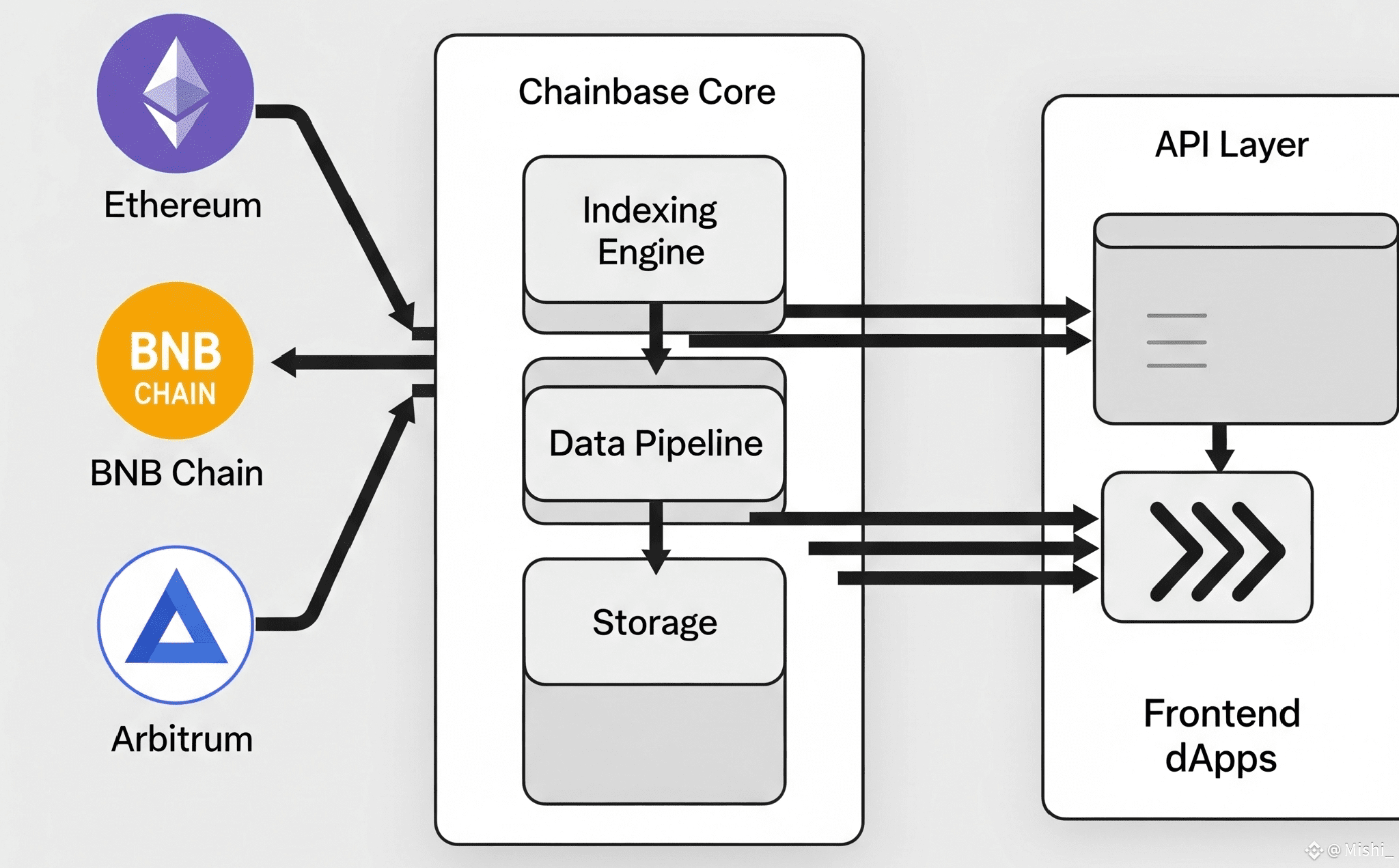In a blockchain-powered world where decentralized applications (dApps) are growing rapidly, the demand for real-time, scalable, and developer-friendly data infrastructure is more crucial than ever. This is where @Chainbase Official enters the picture — a robust, high-performance platform that redefines how blockchain data is indexed, accessed, and integrated into applications.
📊 What Is Chainbase?
Chainbase is a decentralized data infrastructure platform that provides developers and enterprises with seamless access to on-chain and off-chain blockchain data. It simplifies how developers fetch, use, and analyze data from various blockchains without managing complex indexing nodes or writing custom scripts.
It’s like having the Google of Web3 data, built specifically for the needs of dApp developers, analysts, and protocol teams.
🧠 Why Chainbase Matters in Web3 Development
Most dApps rely on blockchain data to function — whether it's fetching user balances, NFT metadata, DeFi positions, or smart contract events. Chainbase ensures that developers get this data in a clean, organized, and fast manner.
✅ Key Problems Chainbase Solves:
❌ Eliminates the need for developers to run full nodes
⏱️ Reduces latency in blockchain data retrieval
🧱 Offers composable, pre-indexed data sets
⚙️ Provides real-time event tracking and streaming
🏗️ Under the Hood: How Chainbase Works
Chainbase operates using a modular infrastructure that combines indexing pipelines, data warehousing, and GraphQL APIs to serve data requests.
Here’s a simplified flow of how the system works:

⚡ Real-Time APIs for Fast dApps
Chainbase’s most powerful feature is its high-speed APIs, which give developers access to complex data queries like:
🔄 Token transfers across wallets
📈 DeFi pool analytics
🎨 NFT collection insights
🛠️ Smart contract event logs
Developers can plug Chainbase’s API directly into their frontends or backends and build faster, lighter, and more scalable applications.
🔐 Built with Data Integrity and Performance in Mind
Chainbase uses distributed systems to ensure reliability and uptime. Each query is optimized to be performant and cost-effective. The platform supports:
⛓️ Multiple chains (EVM-compatible and non-EVM)
🔍 Full-text search over indexed events
📁 Custom data pipelines for advanced teams
💡 Who Is Using Chainbase?
Chainbase is already integrated into numerous ecosystems, serving:
Web3 analytics platforms
NFT marketplaces
DeFi dashboards
GameFi projects
DAO tooling infrastructures
Its flexibility and depth make it a natural choice for both startups and enterprise-level blockchain teams.
📚 Developer-Friendly Experience
Chainbase provides:
A rich GraphQL playground
Developer SDKs for quick integration
Documentation with real examples
Community support and Web3-native tutorials
Even non-blockchain developers can get started with minimal learning curve.
🎯 Chainbase vs. Traditional Indexers
While other indexing solutions exist, Chainbase outperforms with:
🧩 Composability — query any combination of indexed data
⚙️ Customizability — define specific pipelines for your dApp
🌍 Multi-chain support — no need to manage data across different explorers
💬 Final Thoughts: Why Chainbase Is a Game Changer
As Web3 expands, the need for transparent, real-time, and developer-first data infrastructure grows exponentially. Chainbase is already proving itself as a foundational block of this new data economy.
With its blazing-fast APIs, multi-chain support, and developer-first design — Chainbase is not just another tool, it’s the data backbone of the decentralized internet.
🔥 Don't forget to explore
Chainbase on Binance Square and support the Web3 data revolution!
Mention: @Chainbase Official
Hashtag: #chainbase #Chainbase
Coin: $C



